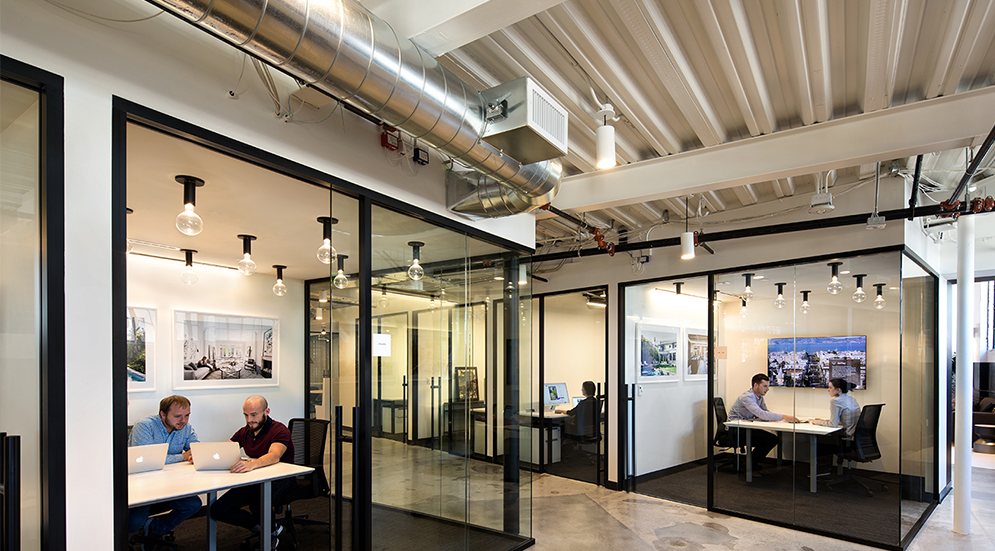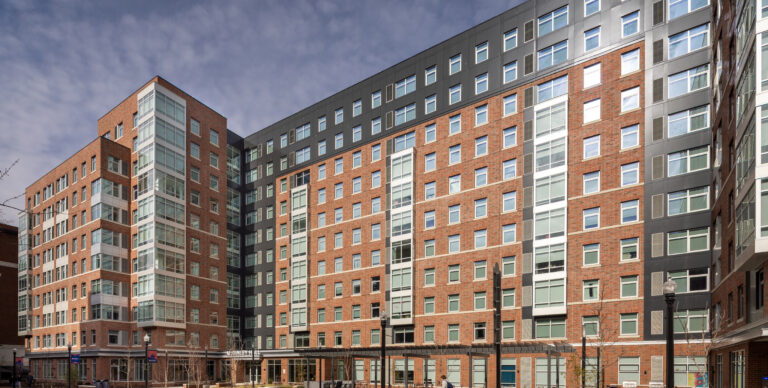Do You Have an MEP Delivery Strategy on Your Next TI Project?

Selecting the right MEP delivery strategy for your Tenant Improvements (TI) project is not a “one-size-fits-all” proposition. Many variables have influence though there are specific conditions that can indicate the best approach for a given project.
Three strategies are common for MEP delivery in TI projects:
▪ Design-Bid-Build or Construction Management (CM) at Risk involves two separate contracts between MEP design engineers and MEP (sub)contractors
▪ Design-Assist entails MEP design engineers developing Basis of Design (BOD) during schematic design phase and MEP Design-Build (sub)contractors implementing the design for building permit and construction, necessitating two separate contracts between MEP design engineers and (sub)contractors.
▪ Design-Build requires single source contracting of MEP design engineers and (sub)contractors.
CM At Risk
A CM at Risk strategy is often considered when the following conditions exist on project:
▪ Design Architect/Engineer (A/E) team is different from Architect of Record (AOR) and Engineer of Record (EOR). MEP design engineers can develop BOD and transfer to EOR.
▪ High performance or specialty design/engineering (e.g. atrium smoke control system) is required.
A recent life sciences TI project involving laboratory space presents a good example of when CM at Risk is the recommended strategy because, for this project, it was crucial that the design team submit building permit documents quickly without losing time while procuring and on-boarding MEP subcontractors.
Design-Assist
The Design-Assist approach should be considered when the following conditions exist on a project:
▪ High demand market conditions limit the availability of quality Design-Build subcontractors.
▪ Project requires some base building MEP systems renovation and/or replacement.
▪ Project is multi-phased bidding and construction with the anticipated potential of multiple MEP subcontractors for each discipline.
Design-Assist delivery was the best MEP strategy for a corporate headquarters renovation in the Bay area because it consisted of multi-phased base building MEP systems renovation and office TIs. The base building MEP systems renovation includes AHU (Air Handling Units), boiler and pump replacement, BMS (Building Management System) upgrade, UPS (Uninterruptible Power Supply) upgrade, new restrooms and other elements. The Design A/E team is further developing BOD and design intent so the General Contractor is able to bid MEP Design-Build subcontractors more competitively on the multiple office floors TI. MEP design engineers will remain involved to conduct design peer review for the remainder of the project.
Design-Build
The highly-efficient Design-Build strategy is generally considered under the following conditions:
▪ Accelerated delivery schedule is necessary, which is often recognized during construction documents and construction phases.
▪ Trusted working relationship with Design-Build subcontractors exists.
▪ Owner has building MEP design guidelines or standards.
To successfully complete a number of life sciences TIs across a 1,000,000 SF class A life sciences campus, Design-Build delivery was selected because the owner had a comprehensive TI design and construction manual in place and had existing relationships with a limited pool of trusted general contractors and MEP subcontractors on this campus.
The Design-Build strategy increases delivery speed and cost efficiency and anticipates fewer change orders compared to CM at Risk. There is sometimes concern that the accelerated pace of Design-Build doesn’t provide adequate measures to mitigate owner risk. However, design peer review or third party commissioning, often a required element of building codes and/or sustainability certifications in the United States provide appropriate safeguards for systems performance verification.
Selecting the optimal MEP delivery strategy hinges on the specific conditions of a project and the areas of greatest concern. A thorough understanding of a project’s circumstances along with an owner’s priorities and objectives serve to direct the team toward the best option. Whether selecting CM at Risk, Design-Assist or Design-Build, the MEP delivery strategy should be customized to provide optimal outcomes.
Multifamily Hotelization: Busting Myths, Supporting Realities
Several myths surround the idea of hotelization in the multifamily sector. In response, ApartmentBuildings.com reached out to apartment experts to explore—and bust—many of those incorrect assumptions.





